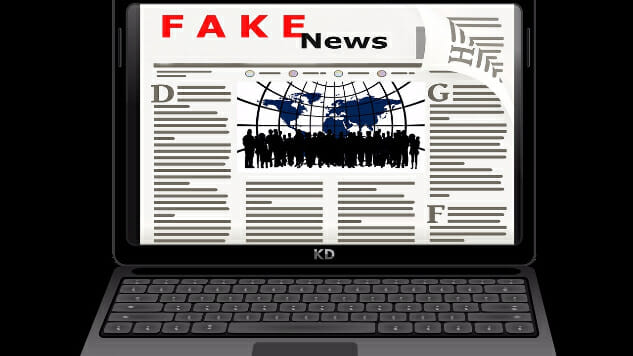Social Science: Using AI to Fight Fake News

The spread of misinformation was largely blamed for the surprising (upsetting) results of the 2016 presidential election. Facebook specifically caught heat for facilitating this spread—for making it easy for baseless conspiracy theories to be shared the same way as reputable news stories.
After the election, Facebook added a new feature that flags suspicious stories as “disputed by fact checkers,” but that’s just a start. Misinformation still spreads rapidly across the internet. This is an unfortunate side-effect of the non-stop instant-gratification news cycle. The reasons are layered: Stories are posted online minutes after a reporter gets their hands on; most outlets can’t afford fact-checkers, and propagandists can slide right in and join the fray unnoticed.
The University of West Virginia wants to change that. Students from Reed College of Media and Benjamin M. Statler College of Engineering and Mineral Resources are teaming up in an artificial intelligence course at the university’s Media Innovation Center that includes two projects focused on using AI to “detect and combat” fake news.
In the course, led by Don McLaughlin, research associate and retired faculty member of the Lane Department of Computer Science and Electrical Engineering, students work in teams to develop and implement their own AI programs to fight the spread of misinformation.
“Artificial intelligence can have all the same information as people, but it can address the volume of news and decipher validity without getting tired,” said Stephen Woerner, a senior in the course whose team is using a machine learning system to analyze text and score the likeliness that the claims made in the text are false. “People tend to get political or emotional, but AI doesn’t. It just addresses the problem it’s trained to combat.”
-

-

-

-

-

-

-

-

-

-

-

-

-

-

-

-

-

-

-

-

-

-

-

-

-

-

-

-

-

-

-

-

-

-

-

-

-

-

-

-








































